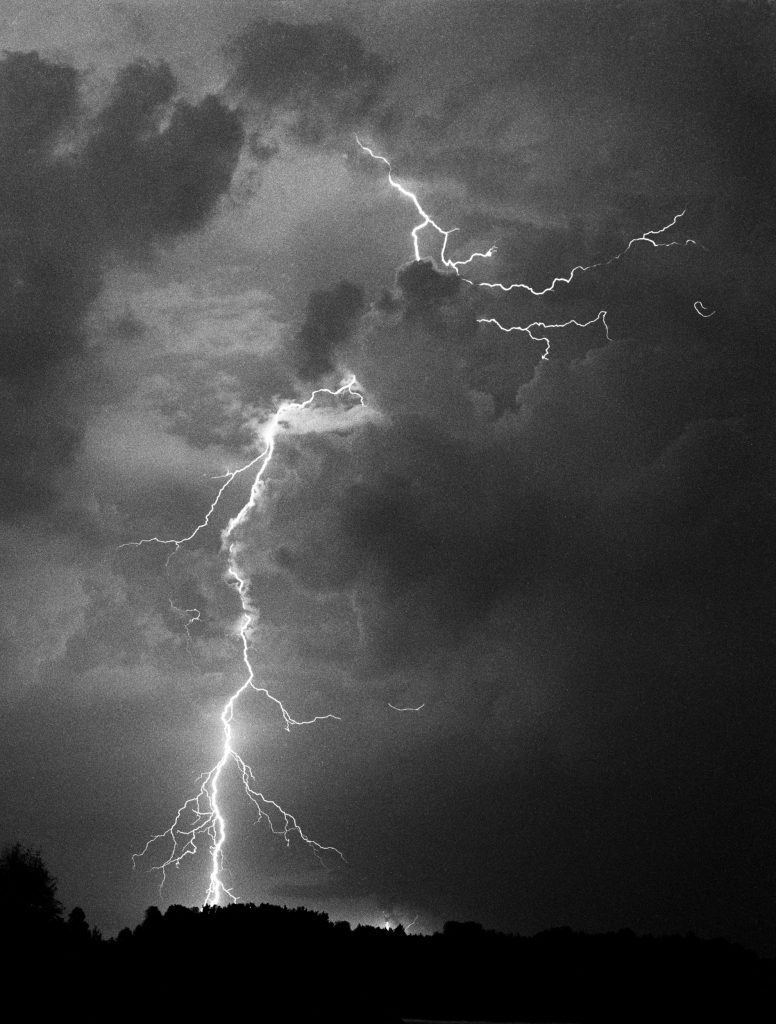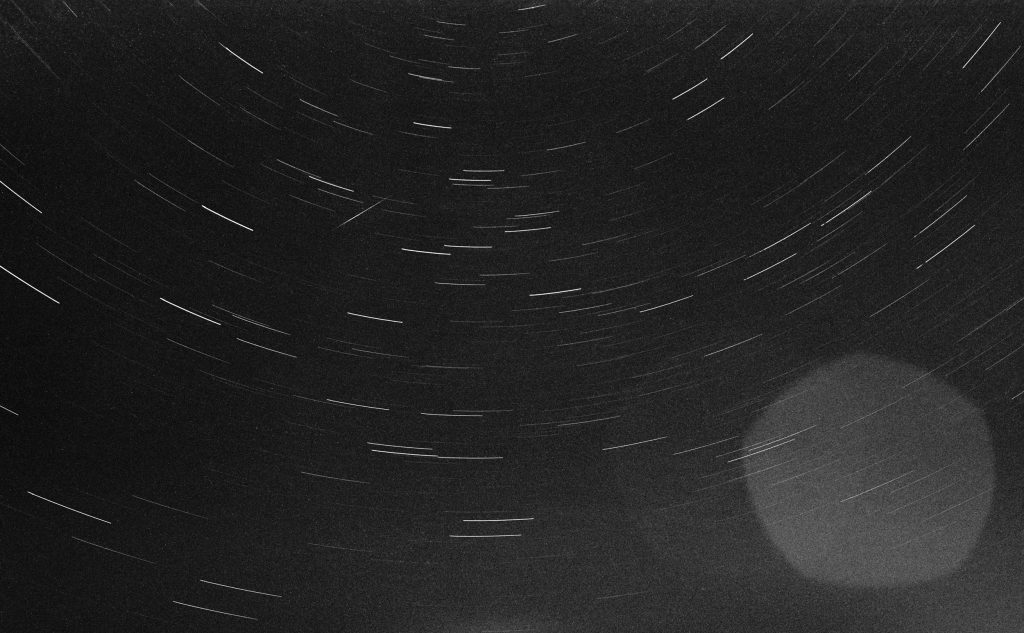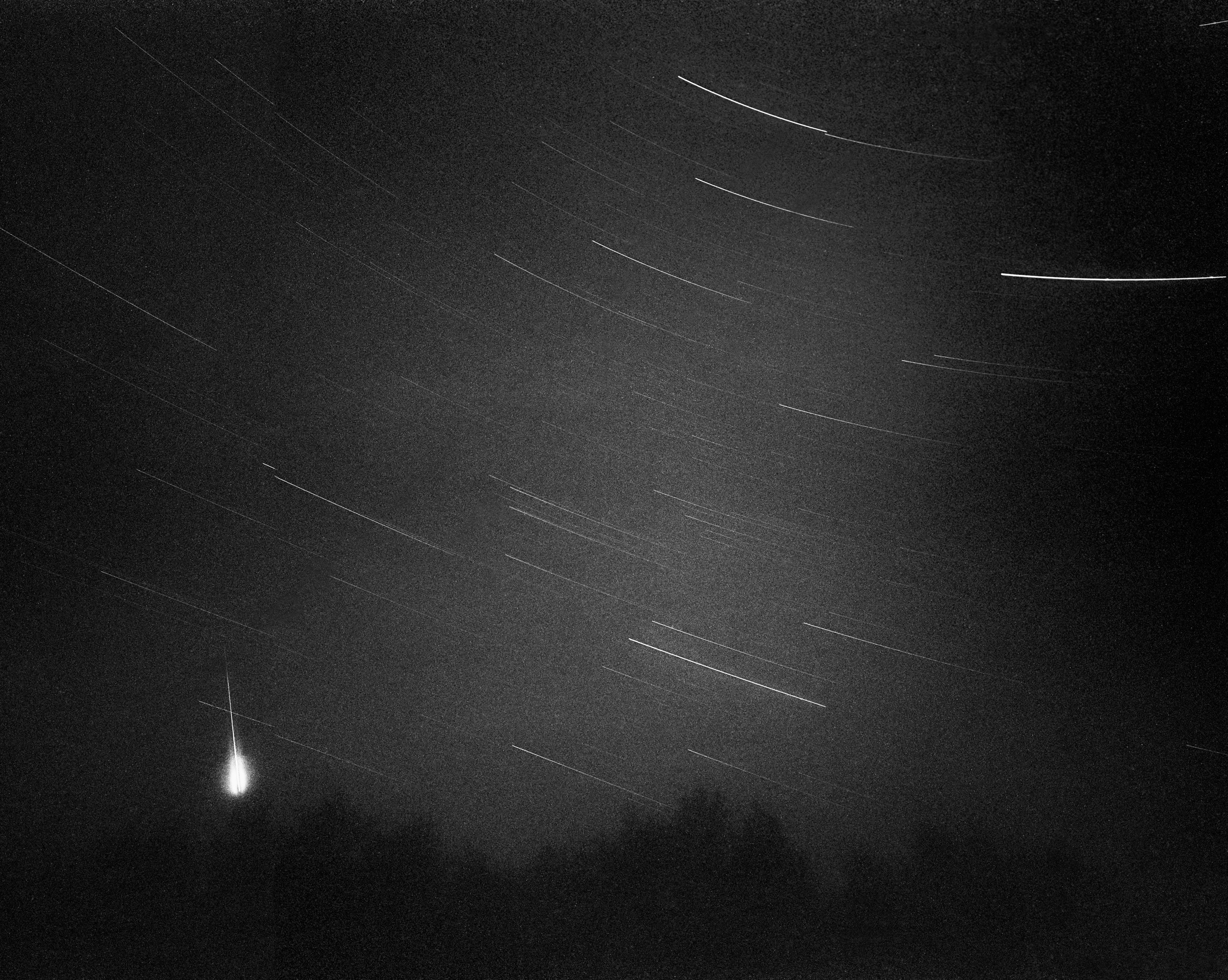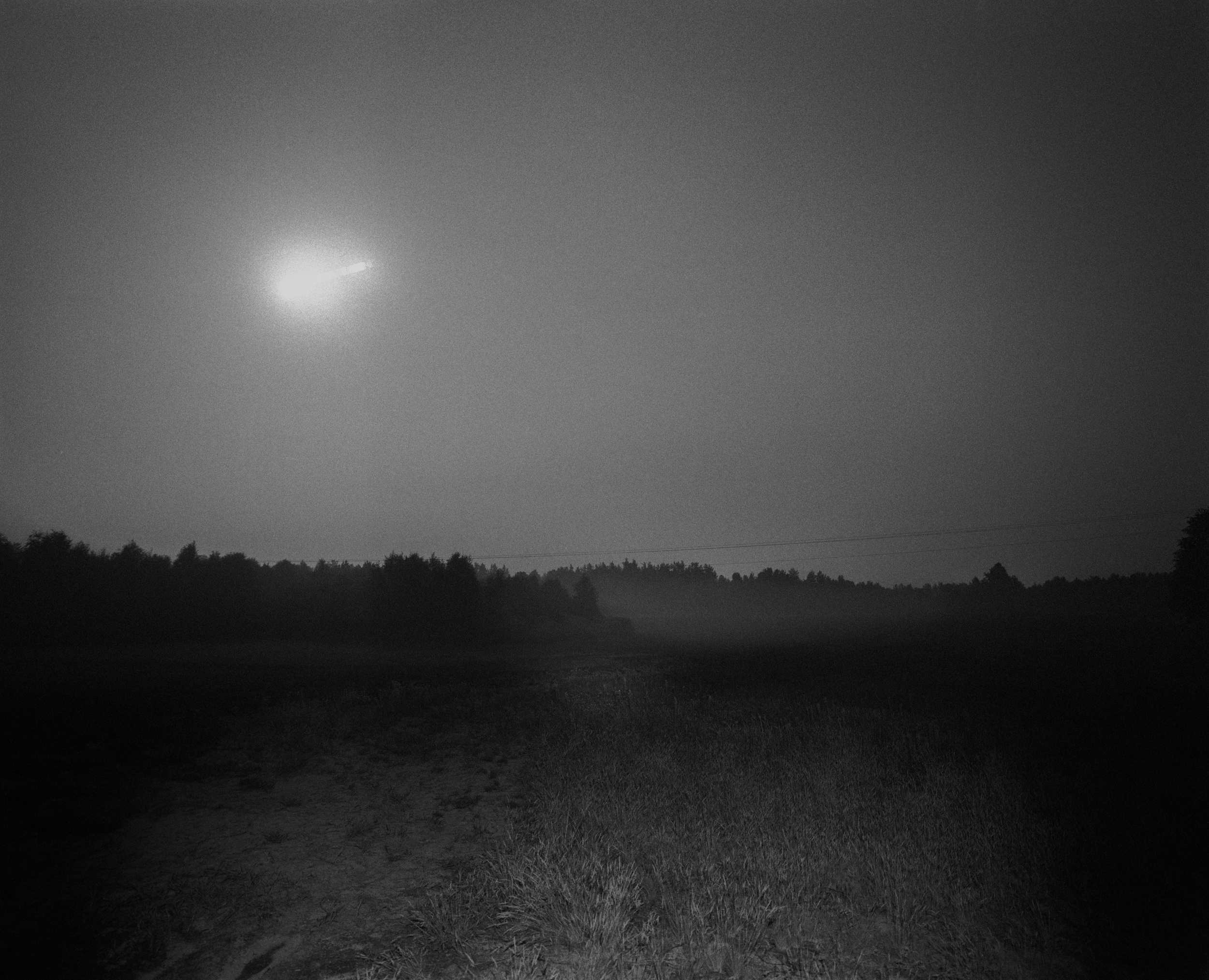LUX
LUX

Since Antiquity Astronomers have used magnitudes. This is by analogy with decibels because the eye and ear both perceive signals logarithmically (up to a certain limit without pain, of course). The brightness of celestial objects is expressed in magnitudes, and the brightness of the sky is expressed in magnitudes per square arcseconds [mag/arcsec^2]. A dark natural sky during the period of minimum solar activity (during the new moon) is about 22 mag/arcsec^2, which means a luminance (brightness) of 0.171 mcd/m2 (millicandelas per square meter). A sky with a full Moon is already 20.4 mag/arcsec^2, or 0.747 mcd/m2. The sky in modern cities is terribly polluted with artificial light, e.g. in the center of Warsaw it is about 17.5 mag/arcsec^2, so 10.8 mcd/m2 — there is no chance to see the Milky Way.




Size of works 55 x 68 cm
Edition 5 + 1 AP
.svg)